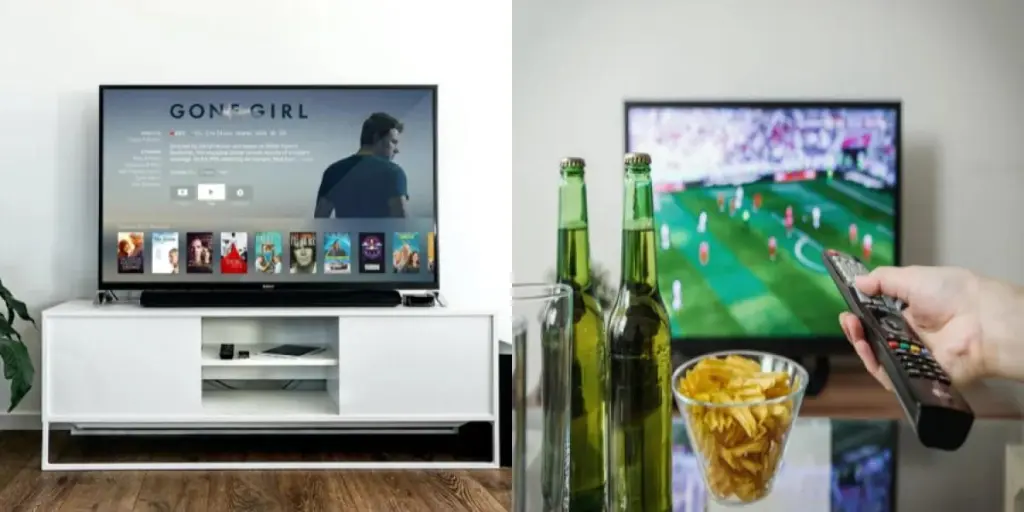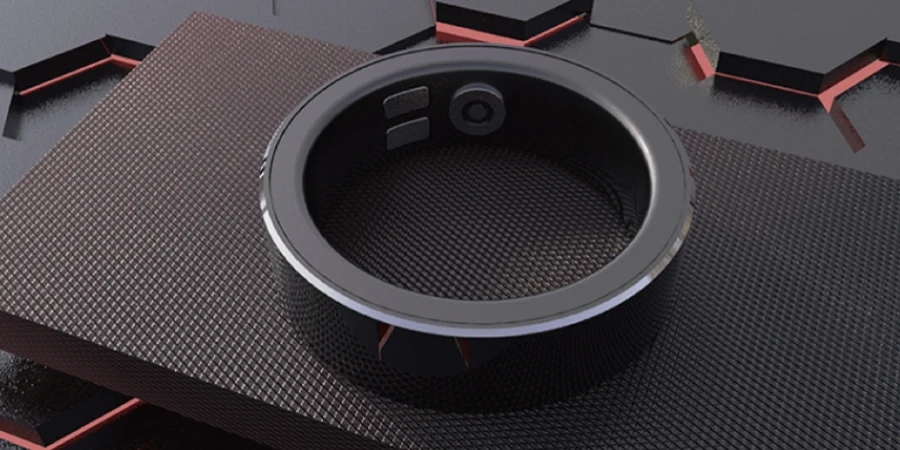The best TVs are constantly changing thanks to technological advancements, and finding the nicest models can be daunting. This article covers everything you need to know to get the complete package: high-resolution, rich sound, color accuracy, and all of today’s smart features. Learn about the basic specs to give customers the best viewing experience.
Table of Contents
The ever-expanding television market
Factors that amplify the viewing experience
The visual experience is key
The ever-expanding television market
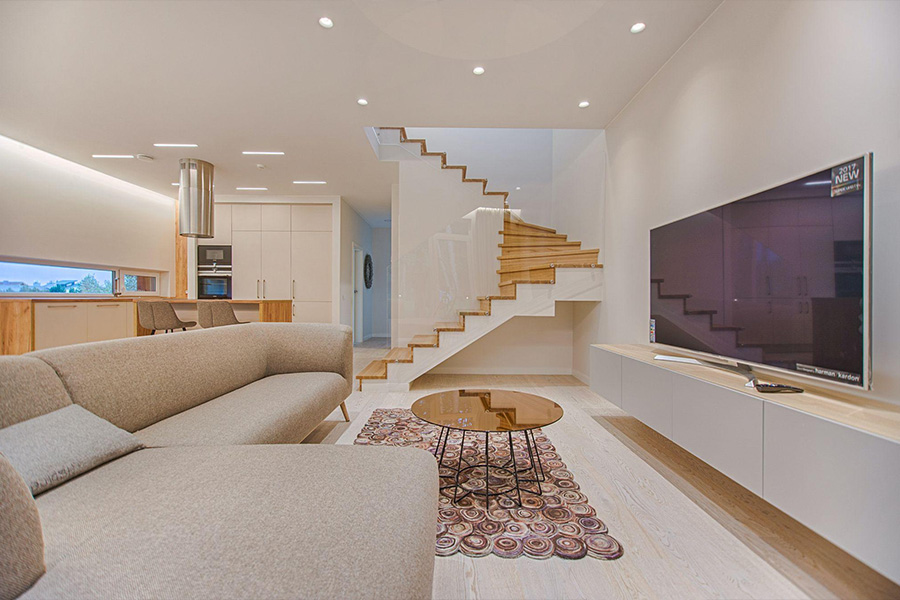
The global television market was valued at USD 259.16 billion in 2021 and is expected to grow at a CAGR of 10% between 2022 and 2028. This can be attributed to the increasing demand for smart TVs in developing regions such as the Asia Pacific.
Prices for various electronics, including televisions, have been reduced as a result of technological advancements and intense market competition. And this is said to have a positive influence on the market growth.
The most common types of smart TVs are 8K UHDTV, 4K UHDTV, and HDTV (full HD). With high-resolution TVs becoming the new standard, 4K TVs are becoming increasingly popular.
Aside from resolution, TVs are distinguished by their panels, such as LED, LCD, OLED, and QLED, each with its advantages and disadvantages.
What makes a TV good for watching sports?

High-definition television is the new standard, with some models offering 8K resolution. These TVs provide hyper-realistic specifics, from a single grass blade to a face in a crowd. OLED TVs are the best in the market and perfect for high-motion content like games, while QLED is an excellent alternative for those looking for a more affordable option.
A QLED TV, however, has some drawbacks, such as lower response time and contrast, narrower viewing angles, and some light bleed.
Factors that amplify the viewing experience
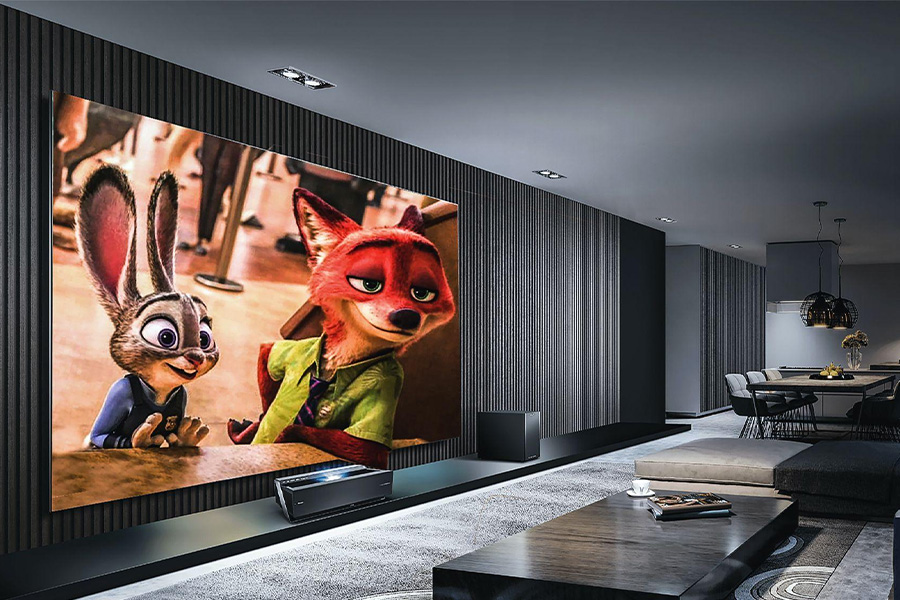
TV size
Larger TVs are ideal for sports, especially if the individual prefers to watch them in a group setting. A 65-inch or larger television is perfect because it enhances the viewing experience, even if the individual is watching it from a distance. On the other hand, smaller TVs are ideal for people who watch TV alone or in small spaces.
Viewing angle
Wide viewing angles are ideal, especially when watching sports with others. These enable users to watch TV at optimal brightness, color, and contrast levels, even from unfavorable viewing angles.
However, if the TV is only used by one person who sits directly in front of it, the angles would not matter.
OLED TVs provide the best viewing angles, with an average viewing angle of 70 degrees from the center. This means that there will be no difference in color or brightness at different angles as if the viewer were sitting directly in front of the screen.
In comparison, QLED TVs have an average viewing angle of 20-40 degrees from the center. This implies that brightness varies with viewing angle, with washed-out blacks becoming more prominent as the viewer moves away from the center. The OLED TV is the best option for individuals who watch sports in a group setting because it offers greater viewing flexibility.
Brightness

Individuals who want to watch sports in a bright room or during the day should use TVs that can handle high brightness levels. QLED and microLED TVs provide the best brightness levels, with most TVs producing 1,000 to 2,000 nits, and premium models reaching 4,000 nits.
In comparison, standard televisions rarely exceed 1,000 nits. Nits refer to the amount of light a TV produces within a given space.
Higher brightness TVs have a disadvantage because they can cause light bleed, especially in dark rooms and at night. So, TVs with a low light bleed are ideal for customers who intend to keep the TV in a low-light environment.
Color accuracy
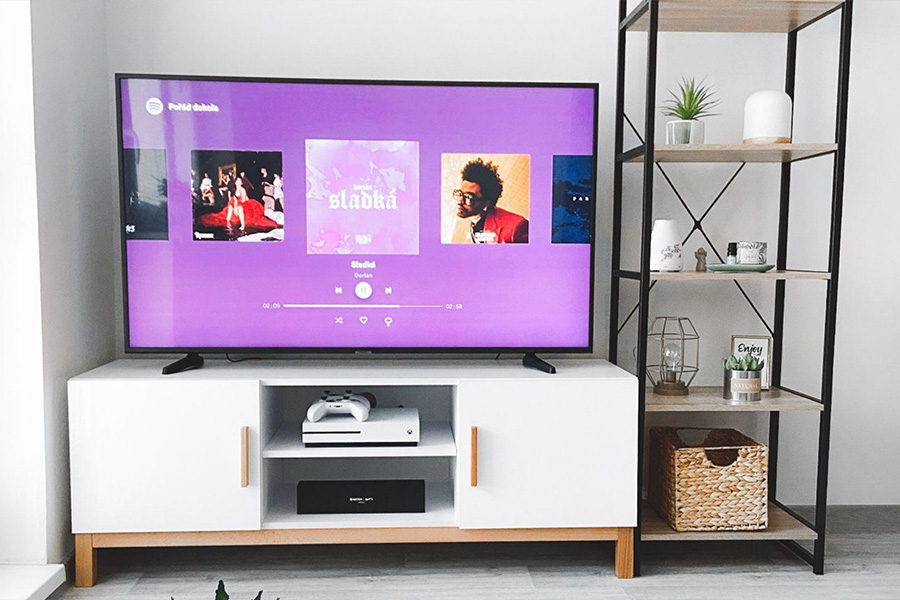
Color accuracy is critical for producing smooth and vivid images on the screen. OLED and QLED displays are well known for their high color accuracy and vibrancy, even at different viewing angles.
On average, QLED TVs have a color gamut of 95-99% and a color volume of 80-85%. On the other hand, Standard LED TVs have lower color volume and color gamut compared to QLED and OLED displays.
HDR
HDR, which stands for high dynamic range, can improve the images by increasing the contrast ratio and colors to create a more natural image. HDR-enabled content will have crisper, brighter brights, darker darks, and more accurate colors.
OLED displays are excellent choices due to their improved color gamut, color volume, and contrast ratio. As a result, they can create stunning HDR scenes.
Standard LED televisions are generally not recommended for watching HDR content because they are not as good as other types of televisions.
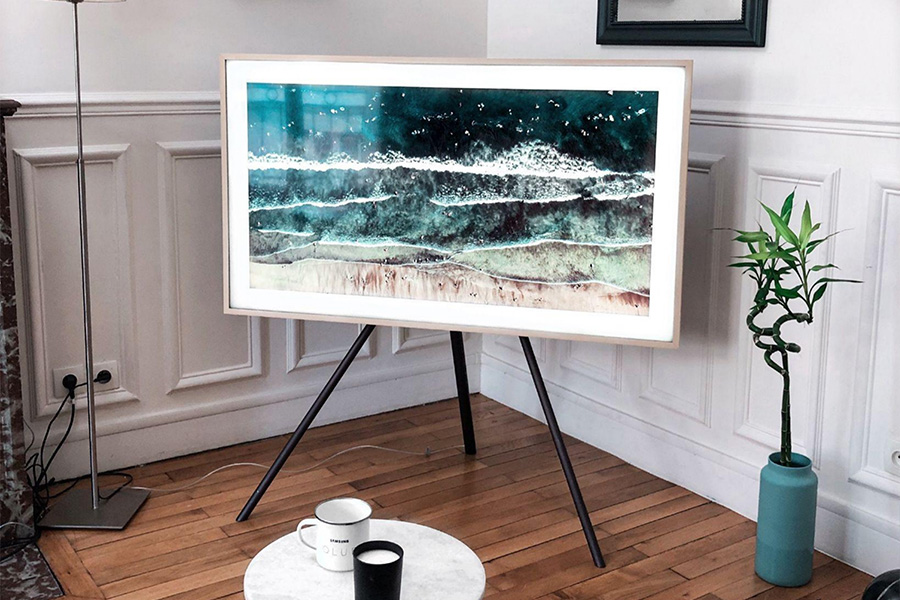
Refresh rate
Refresh rates are an important specification to consider because they directly affect the smoothness and fluidity of videos. It refers to the number of times a TV’s image is refreshed per second and is measured in hertz (Hz).
The refresh rate is critical when viewing fast-moving images like sports because visual artifacts are magnified— the faster the refresh rate, the smoother the visual experience.
Modern televisions, unlike gaming monitors, do not have a wide range of refresh rates. As a result, selecting appropriate models is not a difficult task.
The best TVs have refresh rates of 120Hz, so look for this feature when searching for the best TVs to watch the upcoming World Cup.
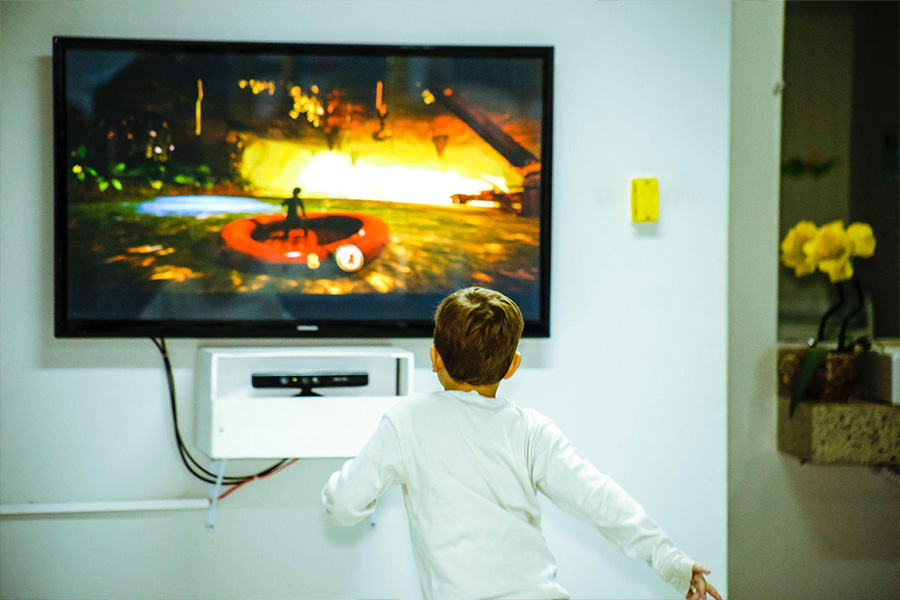
Response time
Response time is the rate at which pixels on a display screen change color, most commonly using the GTG (gray to gray) transition. This feature is significant because it affects image quality and the perceived blur of moving objects in a video. If television has a slow response time, objects will frequently appear blurry.
Modern models have a wide range of response times, so it’s worth looking into this specification because it significantly impacts the viewing experience. TVs with a response time of 5ms or less deliver smooth, high-quality video. Luckily, almost all of the latest televisions will have a decent response time, so finding an appropriate model will not be difficult.
OLED TVs have a response time as low as 0.1ms, providing out-of-the-box visuals. The difference in quality is especially noticeable when comparing the alternatives with the fastest response times side by side.

Motion interpolation
Motion interpolation is a feature used to increase the frame rate of content to match a TV’s refresh rate and is often criticized by the film industry. This feature can make fast-moving content appear smooth and perform better when watched on television.
When it comes to movies, this feature may not be necessary and can be disabled; however, it comes in handy when viewing sports.
Resolution and pixel density
The number of pixels displayed by a TV is referred to as its resolution, whereas the number of pixels displayed per inch (PPI) of the TV is referred to as its pixel density.
Most modern televisions have a 4K resolution, but not all have the same PPI (pixels per inch). A higher PPI indicates that the TV’s image will be sharper because it physically displays more data in a small space.

The visual experience is key
Televisions, like any other consumer electronic device, are constantly changing, and it is critical to keep up with the trends to provide customers with an excellent selection.
OLED TVs are ideal for shoppers who want to watch sports in a group setting because they provide excellent viewing flexibility. They also have fantastic color and black levels, as well as reasonable refresh rates and response times.
However, OLED TVs are expensive and do not work well in rooms with ambient light. In these cases, QLED and LCD models are good alternatives because they are less costly and perform well in daylight.
